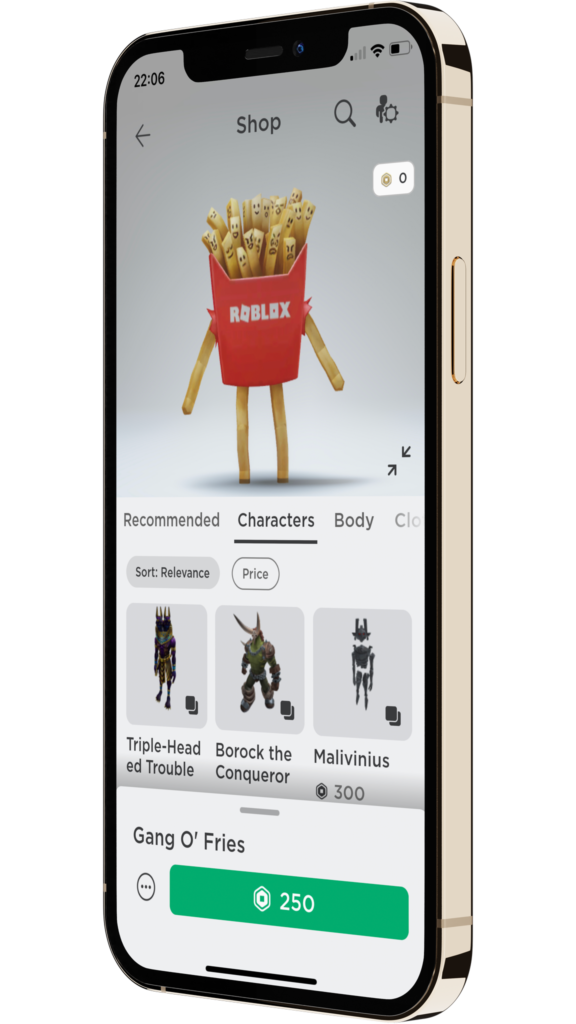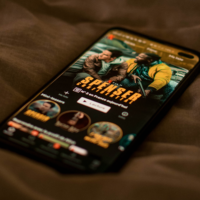Outside In and Future Back

In his book Essentialism, Greg McKeown tells an anecdote about New York Times columnist and award-winning journalist Thomas Friedman. “He had been at a lunch meeting with sources for a column he was writing. Someone at lunch thought at first that he was not paying attention. But he was listening… he was simply filtering out everything other than those things that really grabbed his attention. He had been listening for what was being said only at the periphery. He was listening more for what was not being said.”
The report you are about to read, view and listen to aims to do precisely this – investigate the edges and capture the weak signals.

Today, our clients’ major opportunities and existential threats are less likely to come from the usual suspects at the heart of their industries then they are from what’s about to happen on the fringes. “Snow melts from the edges,” as Columbia Business School professor Rita McGrath notes. “Thinking your competition is within your own industry creates major blind spots.”
Traditionally, competition would be defined as the major players offering the same type of products and services. Today, competition may come from any other category that can address similar customer needs or, to use Clayton M Christensen’s definition, jobs to be done. But it may also come from categories that compete for the same customer resources, such as money and time. This marks the passage from industries to competitive arenas.
This interactive report – the first of a series – reflects the novel way in which at Interbrand we are helping clients worldwide build brands that transcend their industries and thrive in open, fast-changing arenas.
We are doing so by flipping the traditional consulting approach on its head – and going (1) outside in, and (2) future back.
Rather than starting from inside out assumptions about sectors, categories and brands, we begin by listening acutely to customers – and unearthing how their fundamental needs, desires and jobs to be done are changing.
We’re also less interested in what’s happening now at the centre of the category than we are in what might happen next. We look at the peripheries and hunt for weak signals by exploring the ways organisations from seemingly different industries are likely to compete, collide and converge to address needs and win contestable customer resources.
Going outside in and future back enables our clients to avoid ending up playing by the sector expert rulebook, and break the rules – making Iconic Moves that capture people’s imagination and alter the competitive landscape.
In this report, we look at a fundamental human need, Play, and how people’s appetite to play is creating change and opportunities for a broad range of businesses and brands.

